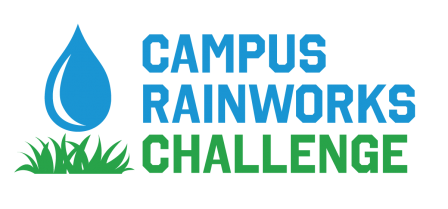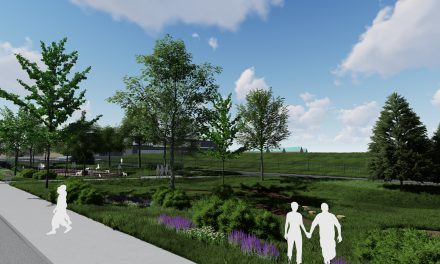Projected to open in 2014, the Central Corridor or Green Line light-rail will carry passengers between the Twin Cities of Minneapolis and St. Paul. An effort is under way to use this development project to improve stormwater management with shared, stacked-function green infrastructure, reducing runoff to the Mississippi River. The Central Corridor Stormwater and Green Infrastructure Planning Project is part of Corridors of Opportunity, which is led by the Metropolitan Council.
The goal of the stormwater project is to streamline implementation during the redevelopment process and to provide multiple benefits to multiple parcels. Through the shared green infrastructure concept, adjacent parcels share facilities, and developers are not solely responsible for financing stormwater infrastructure on their property.
A study is currently under way, but should be completed by the end of 2013, that will address technical and regulatory aspects of the project. The report, Strategic Stormwater Solutions for Transit-Oriented Development, commissioned by Corridors of Opportunity and authored by SRF Consulting Group should provide a framework for selecting stormwater controls in this type of environment. An outreach brochure will also display site designs and concepts.
So far the project’s Stakeholder Advisory Committee has been successful in reaching out to a diverse array of stakeholders and in starting the conversation about including green infrastructure in the Central Corridor. Despite implementation challenges, the project team is optimistic about moving forward with a pilot project known as the Green Fourth, a two-block stretch that would include urban trees, pervious pavers, rain gardens, and more.
Investigations have shown that funding for the project will likely require a public–private partnership. In return, green infrastructure promises economic, social, and environmental benefits and can be applied to a variety of different development site types and sizes. It can also be incorporated with other land uses for multiple functions, including public art. According to Wes Saunders-Pearce, Central Corridor Stormwater and Green Infrastructure project manager, this project was one of the first to move forward under Saint Paul’s 2009 public art ordinance. Saunders-Pearce writes that:
“The impact of integrating public art and stormwater management is very clear: it makes an impression, creates a destination, and most importantly, sparks curiosity and discussion. This provides a positive situation to educate people about water quality: where runoff comes from, where it goes, and what impacts it can have. Ultimately, broader awareness can lead to changes in behavior. Raising more awareness about water quality by creating water-art green space to the corridor epitomizes sustainability.”






